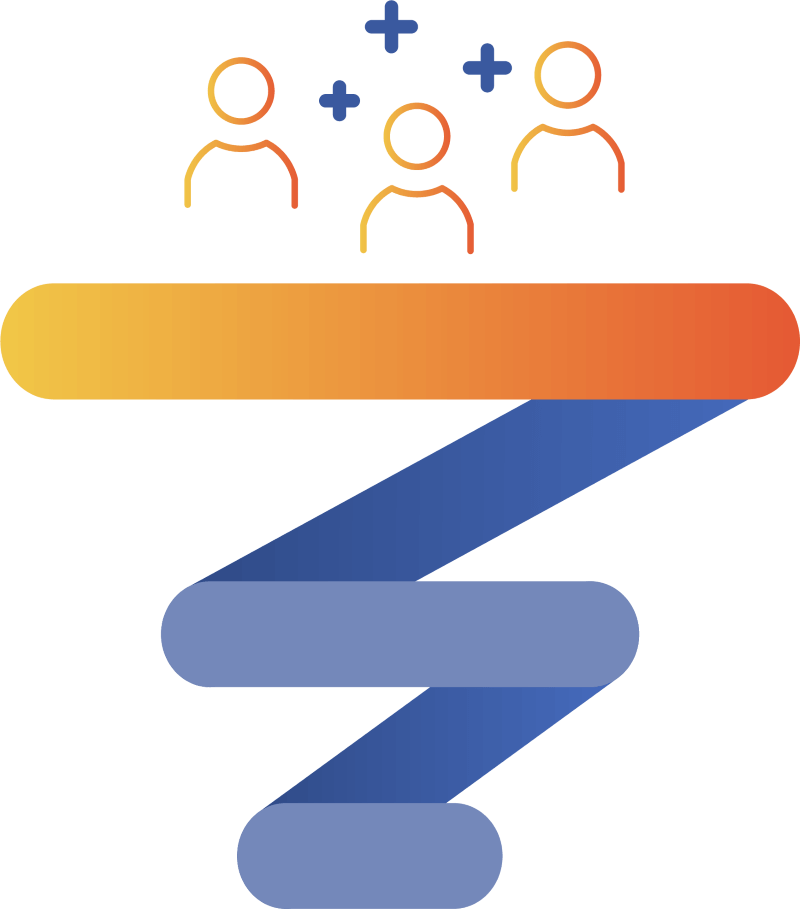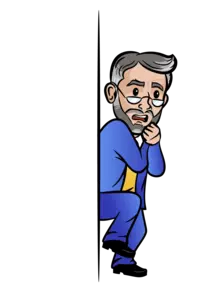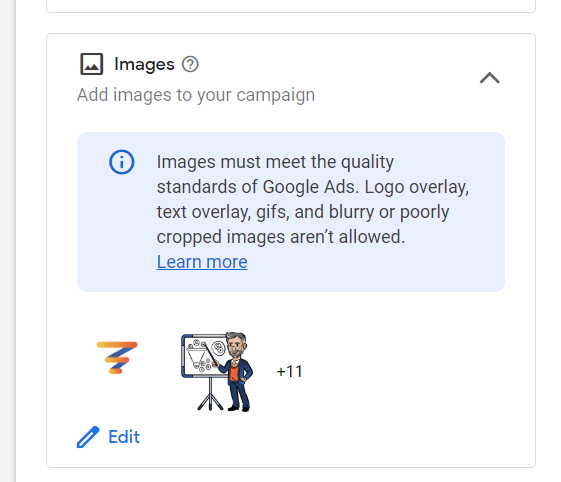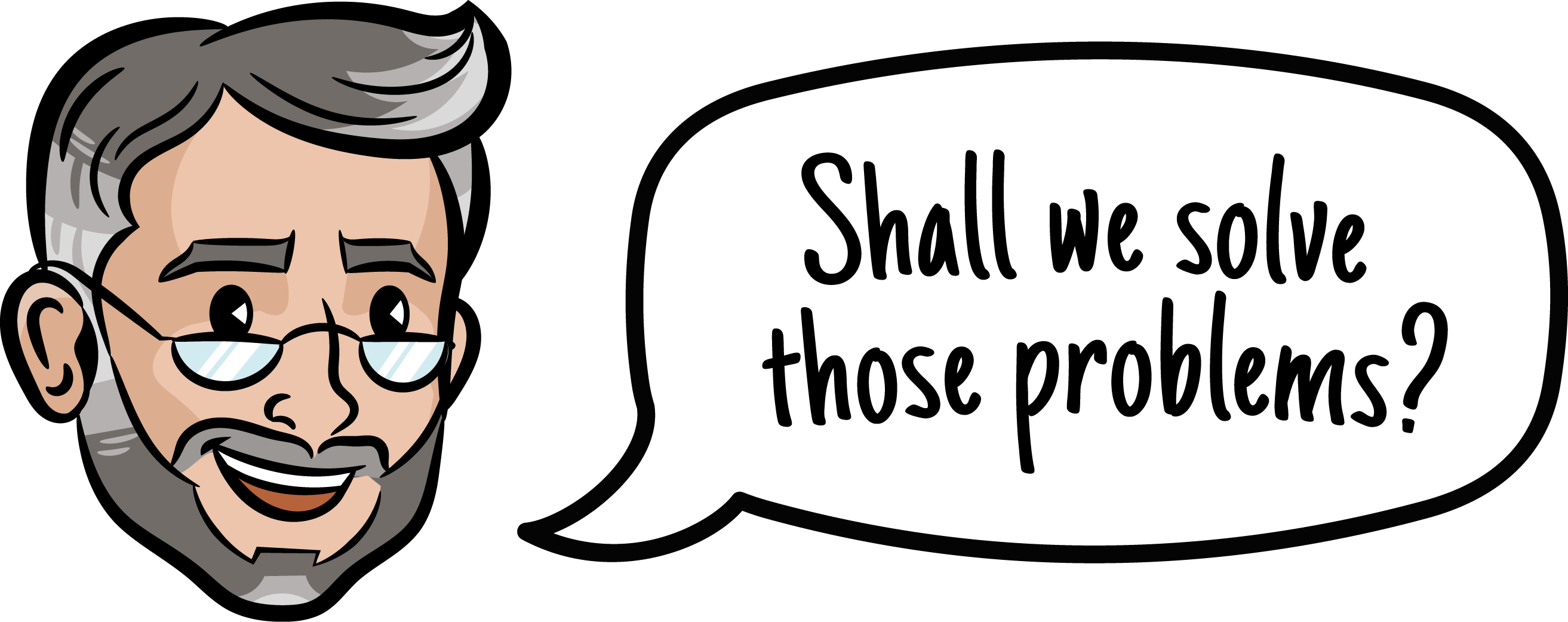A new client (owner of a chain of med spas in major US cities) reached out recently and had very technically sound PPC configuration, but they were seeing rising acquisition costs and falling overall conversions. They were actually in a panic because their business was reliant on this channel.
So naturally our sales funnel audit began and what we found was common…most of their digital acquisition was driven by a single channel, PPC, in this case.
And they had relied on an agency that didn’t understand how important basic marketing concepts such as differentiation, story, messaging, and CRO optimization are to winning in competitive landscape.
Their ads were just kitchen sinking in a geofence.
Read on as we discuss what this company did well and what it didn’t and how you might improve your own sales funnels.

For context, Google has historically made the lion’s share of their revenue off of selling ads within the content they curate into their organic search results. The practice of becoming a top-10 organic result is known as SEO optimization, which takes significantly longer to deploy than pay per click ads.
Since Adwords (later renamed “Google Ads”) launched in 2000, the product has become more and more opaque about what terms you’re actually bidding on and oriented towards driving advertisers to buy as loosely associated terms as possible. Why? Perhaps because Google has failed to launch other meaningful profitable products since Larry and Sergey left.
Externally, Google’s free training (certifications anyone can attain) and the overseas freelancers of the overseas agency sub-contractors they use as both sales and support of the product are instructed to use sales scripts that also suggest that an “optimized” state is one in which you are using lots of broad terms or campaign types that offer little to no PPC intelligence about what you actually paid for such as Performance Match.
What’s missing in all of the above is that neither the platform nor the training have any optimization whatsoever that correlates to the human communication side of marketing or overall strategy.
For this particular company, the sales funnel builder was not an expert. He was a sharp CEO who had done a lot of things right in terms of what he offered to patients, who he hired, and where he put his spas, but he subbed most of his sales funnel stack configuration out to one-trick pony agencies who never spoke with each other, so there was no unified strategy or even a position statement.
With this background in mind, let’s just say that at Sales Funnel Professor, we’re rarely surprised that one-trick pony agencies are essentially “doing what Google told them” and getting the expected results of that approach: paying Google for lots of clicks that can’t be monetized.
The Med Spa Competitive Landscape
Med spas exist in major metro areas and cater to mostly women but also men who desire to look and/or feel younger.
At least in the United States, what they can offer is highly regulated with good reason. The treatments involve lasers, hypodermic needles, invasion of your body, and for other reasons, could cause harm if not administered with care.
Because it’s highly regulated, there are only so many products/services that a med spa can offer. For that reason, most offer very similar services if not the exact same services.
Because there is plenty of demand for these types of services, med spas pop up in population centers where there is a sufficient population of their target buyer persona (30-60 with disposable income).
And most major metros are large enough to support lots of med spas. More than 10 specifically, which means some of them can’t be on the first page of Google just due to how many available positions there are for using SEO as top-of-funnel.
On top of that, so many small business fail at SEO because they have agencies that don’t realize they haven’t resolved a show-stopper.
So by default PPC for med spas, on top of a physical location with signage, are the top-of-funnel sources that many use and this one was spending $70,000/month on Google Ads without a fractional CMO overseeing the agency or funnels.
The Kitchen Sinking Approach to PPC Configuration
So if you’ve read past blog articles or Sales and Marketing Jargon Encyclopedia, you may already be familiar with what kitchen sinking is and usually we’re talking about further down the funnel, in either a website or a software demo/guided tour.
It’s basically stating every feature of your product or service as if the sheer volume of features is the compelling reason to buy.

If Automobile Ads Were Kitchen Sinking
Our new luxury sedan has:
- Doors that swing in both directions.
- Locks that can protect occupants and stored items.
- 4 wheels plus a spare wheel.
- A tire on each wheel.
- A brake system.
- A steering wheel.
- A windshield.
- A roof that keeps rain out.
- Seats that will hold both adults and children.
You get the idea. A compelling pieces of marketing is not a restatement of table stakes. It helps you understand why this product (and not its competitors) is the right one for you.
So what did kitchen sinking look like for this med spa? Nothing about this med spas branding made it a purple cow, meaning they were paying more than necessary at every step. See Neil Bainton‘s interview for how Mailchimp used branding to accelerate their go-to-market in the early days.
Each Google Ad Campaign represented one of their geographical areas (major metros). No issue there.
But each individual ad group represented a med spa treatment:
- Botox
- Microneedling
- Laser Hair Removal
- Dermal Fillers
Okay, is that good or bad? Well, if every med spa in the US offers those, then there’s no differentiation inherent in having Botox. It’s expected.
What About Compelling Headlines?
Unfortunately, Google Ads recommends that your headlines be restatements of the target phrase, and this agency wrote headlines that restated what was offered: “Botox: Remove Wrinkles,” “Botox in [City],” etc. So Google gave them a high optimization score based on their headlines.
Could these headlines be more boring? All these accomplished was confirming that it was a med spa.

Sales Funnel Professor just formalized our bank marketing offering. Naturally, we know that we will not be top of Google results organically for some time, so we use Google Ads to reach our audience. BUT we don’t blindly follow the built-in recommendations or we would end up with the ads that don’t stand out.
What About Interesting Descriptions in the PPC Configuration?
Unfortunately, nothing about the med spa, its culture, staff, target audience, or why it’s special was to found.
Instead, for each service, the descriptions were just restatements of what the procedure is, such as: “Botox is a popular treatment for the elimination of wrinkles.”
Huh? What 30-60 year old woman in the civilized world doesn’t know what Botox is?
This Med Spa’s PPC Configuration in a Nutshell
Basically, this med spa’s agency targeted people who searched “Botox” in the geographic area near each spa location and then showed them an ad that told them what Botox is.
And to make matters worse, no one had explained how to create a compelling landing page, so for the few people that did click through, they just got a longer explanation of what Botox is.
What Were the Results of Kitchen Sinking in Their PPC Configuration?
For a time, the ads worked reasonably well. But then the cost of acquisition kept increasing and the overall volume of leads produced by Google Ads kept declining.
Not realizing what was happening, the client changed their primary call to action to claiming a large coupon, which devalued their brand further and actually introduced friction because what they really wanted people to do was schedule an on-site evaluation.

Client’s Request
Eddie, I’ve got about 30 days to figure this out. Can you dig into this over the weekend and tell me what’s going on in time to meet with my agency Monday morning?
Misdiagnosed sales funnel issues often cause companies to make changes that actually exacerbate the issue. A CRO expert can really help in this scenario.
What Were Other PPC Configuration Issues?
Broad Match Keywords
This agency was following the built-in recommendations to use “Broad Match” keywords. So they were paying $1000s per month to get clicks for “six pack abs” and things of that nature. We call this “vanity” traffic. It makes DAUs look artificially high but those visitors really just make a mess of analytics and session recordings because they are most likely just confused. They were looking for diet and exercise advice. This is a medical procedure.
Sure, 1 in 200 of those searches might have been in the buying cycle for a med spa treatment but that’s certainly not worth paying money to Google for. Especially if you’re then going to give away a coupon that may never be used and send a digital signal back to Google telling it that it had done a good job by acquiring that conversion.
Minimal Negative Keywords
Since this agency was allowing Google to match broadly, they should have been constantly monitoring actual search phrases and suppressing them via negative keywords.
Even using exact match keywords, Google will do its best to sell you clicks you don’t want.
One of our clients has an apprenticeship platform. The paying customers are employers, sponsors, and schools that offer apprenticeships. But even using only exact match phrases, Google will sell phrases that an apprentice would search and those have to suppressed.
So you can imagine for this med spa using broad match, they were paying for all kinds of generalized health searches and many that were not relevant to 30-60 year old females.
No Images Specified
A number of years ago, Google started allowing responsive search ads to show images along with headlines and descriptions.
This particular med spa had a strong graphic design function but none of their imagery was used.
Images are another way your ads can “cut through the clutter” and given many Google advertisers don’t realize you can use them yet, many don’t.

Low “Intent” Phrase Count
We mentioned before that this agency configured the ads such that a search for the name of a medical procedure such as “Botox” would serve this med spa’s ad within a mile of their office.
So many of those searches were research. And many of those clicks occurred because the ad explained what the service was, not why someone should buy it from this med spa.
What we would have liked to have seen was less reliance on geofencing and more focus on phrases with purchase intent.
Someone searching “Botox” could be running that query for a number of reasons.
Someone searching “Botox [city]” is more than likely for a location that provides the procedure.
Our free keyword multiplier is a great tool to come up with phrases that have intent en masse and then feed those into another tool that will tell you the cost per click and volume of searches per month.
Had this agency gone through this process, they would have realized there were ample $2 phrases with intent that they were not bidding on at all while their average click was costing $6-10 depending on the city.
No Remarketing Campaign
This agency was unable to run a remarketing campaign meaning that most site visits were likely to be one and done meaning if the client didn’t sign up for a service, they never would.
Retargeting would have served banner ads promoting the med spa to potential clients who had already visited as they browsed other sites. With the way he presented his service as commoditized, a single visit who didn’t want to sign up for what was obviously an aggressive mail and text follow-up string in exchange for a coupon would be highly unlikely to come back.
HubSpot Configuration Problem
HubSpot does a great job of attributing clients to top of funnel sources such as ABM, SEO, PPC, etc.
With a native Google Ads integration, HubSpot will show the original source as Paid Search and the specific campaign within which the client clicked to reach the site in the first place.
Somehow the configuration had been broken so that the UTMs were passing data into HubSpot as if all of the sign ups were coming from one location’s Google campaigns when they were clearly not based on the landing page.
Misconfigured UTMs in Google Ads can cause this broken reporting in HubSpot.
A Martech Stack Audit actually goes through all the go-to-market tools looking for these types of issues that may break reporting or even worse, pinch sales funnels.
What Happened?
Our best guess is that a number of the more than 10 med spas in these areas simply upped their game. There were so many opportunities for improvement that our client wasn’t taking prior to our report.
Remember: his ads were 1 of 13 discreet results in each Google Search. 3 paid and 10 organic on the first page (in the classic Google scenario).
We laid out all of our recommendations in a report and shared the results with the owner and suggested that he share it directly with the agency, which he did. They got live access to our spreadsheets.
Our goal was not to get anyone in trouble. We help both businesses and their agencies with the most complex sales funnel issues and we’re able to do it because we understand them end to end.
This med spa also had a better way to configure HubSpot that would allow the owner to “feel” the demand flow from his paid Google Ads. We explained that simple configuration.
His Meta/Facebook ads were being used in a very analogous “kitchen sinking” way. We showed them how to target smaller segments of their audience such as new moms and real estate agents with paid social ads that spoke directly to them using Meta’s much more advanced demographic targeting.
That’s what our sales funnel consultants do. We help companies globally define and optimize their go-to-market strategy.
Further reading: What is hotjar?


